In 2025, A4 thermal paper in Bangladesh has become a crucial item for businesses relying on thermal printers. Prices...
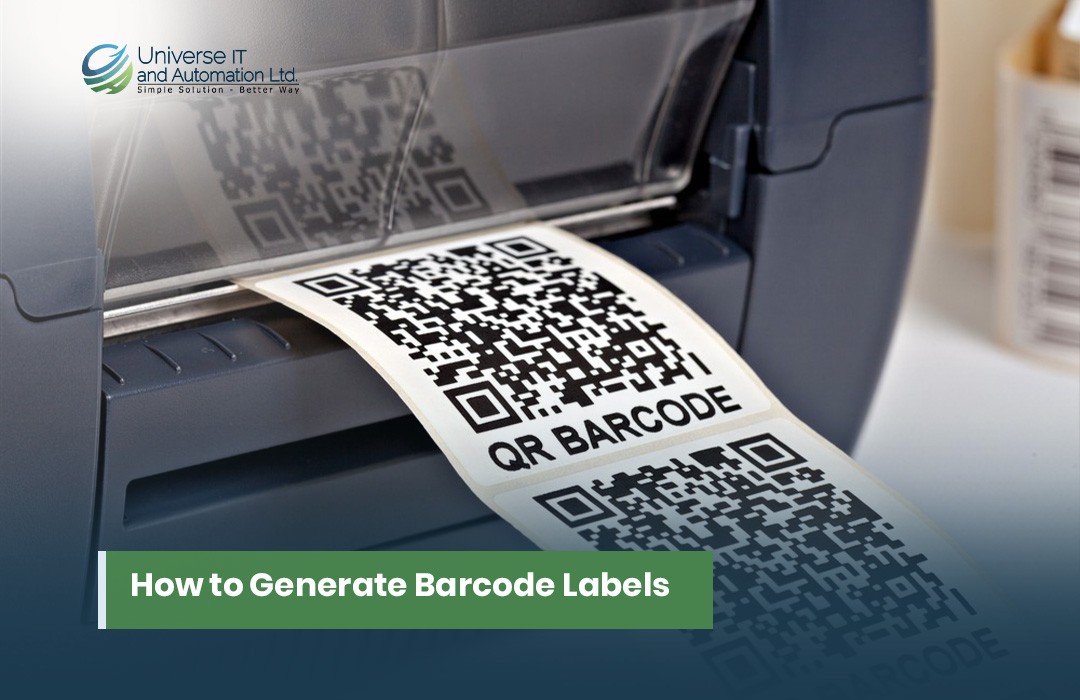
How to Generate Barcode Labels
In today's fast-paced retail and inventory-driven world, barcode labels are no longer optional — they're essential. Whether you're managing a warehouse, running a retail store, or shipping products, barcode labels help streamline operations, track inventory, and improve accuracy.
In this guide, we’ll show you how to generate barcode labels easily using the best tools and industry practices.
✅ What Is a Barcode Label?
A barcode label is a printed tag containing a machine-readable barcode that encodes product-related data — like SKU, batch number, or price. It can be scanned with a barcode reader for quick identification and processing.
Common Uses:
-
Product labeling for retail
-
Warehouse inventory management
-
Shipping & logistics
-
Healthcare item tracking
? Why Generating Your Own Barcode Labels Matters
-
Save Time: Reduce manual entry errors
-
Cut Costs: Avoid expensive third-party services
-
Increase Accuracy: Improve data input with scanning
-
Customize Easily: Add your logo, product name, or expiry date
? Tools Needed to Generate Barcode Labels
To get started, you'll need:
-
✅ Barcode Generator Software (online or downloadable)
-
✅ Label Design Software (like BarTender, Canva, or Word)
-
✅ Printer (Thermal or Laser)
-
✅ Label Paper or Thermal Sticker Rolls
-
✅ Barcode Scanner (for testing)
?️ How to Generate Barcode Labels: Step-by-Step Process
? Step 1: Choose Your Barcode Format
Determine which type of barcode fits your business needs:
|
Barcode Type |
Use Case |
|
UPC-A |
Retail and grocery |
|
EAN-13 |
International retail |
|
Code 128 |
Inventory and logistics |
|
QR Code |
URLs, mobile payments, data-rich |
Pro Tip: Code 128 is ideal for internal inventory tracking due to its compact format.
? Step 2: Use a Barcode Generator Tool
Here are some popular options:
How it works:
-
Select your barcode type (e.g., Code 128)
-
Enter the data (product ID, SKU, serial number)
-
Generate and download the barcode image (PNG, SVG, or PDF)
? Step 3: Design Your Label
Once you have your barcode image, you can design a printable label using:
-
BarTender by Seagull Scientific (Professional-grade label software)
-
Microsoft Word with Avery Label Templates
-
Canva (Beginner-friendly design interface)
Add:
-
Barcode image
-
Product name or description
-
Price, SKU, or batch number
-
Company logo (optional)
? Step 4: Print the Barcode Labels
Depending on your business size:
-
Small Business: Use inkjet/laser printer with label sticker sheets (e.g., Avery labels)
-
Large Business: Use thermal label printers like Zebra, TSC, or Godex
Choose the right label size and ensure your printer supports the format.
? Step 5: Test the Barcode
Before printing in bulk:
-
Use a handheld barcode scanner or a mobile scanning app to test the labels.
-
Check readability, accuracy, and alignment.
? Tips for Generating Professional Barcode Labels
-
✔️ Use high-contrast colors (black on white)
-
✔️ Avoid resizing barcode images manually
-
✔️ Print at 300 DPI or higher for clarity
-
✔️ Use BPA-free thermal paper for health and safety
-
✔️ Back up barcode data digitally for inventory systems
?️ Popular Barcode Label Sizes
|
Label Size (mm) |
Use Case |
|
38 x 25 |
Small retail products |
|
50 x 30 |
Standard inventory |
|
100 x 150 |
Shipping labels |
|
Custom sizes |
Industrial use |
? Where to Buy Barcode Labels & Printers in Bangladesh
Looking for thermal paper rolls or barcode printers in Bangladesh? Here are some trusted sellers:
-
Universe IT – POS and warehouse automation


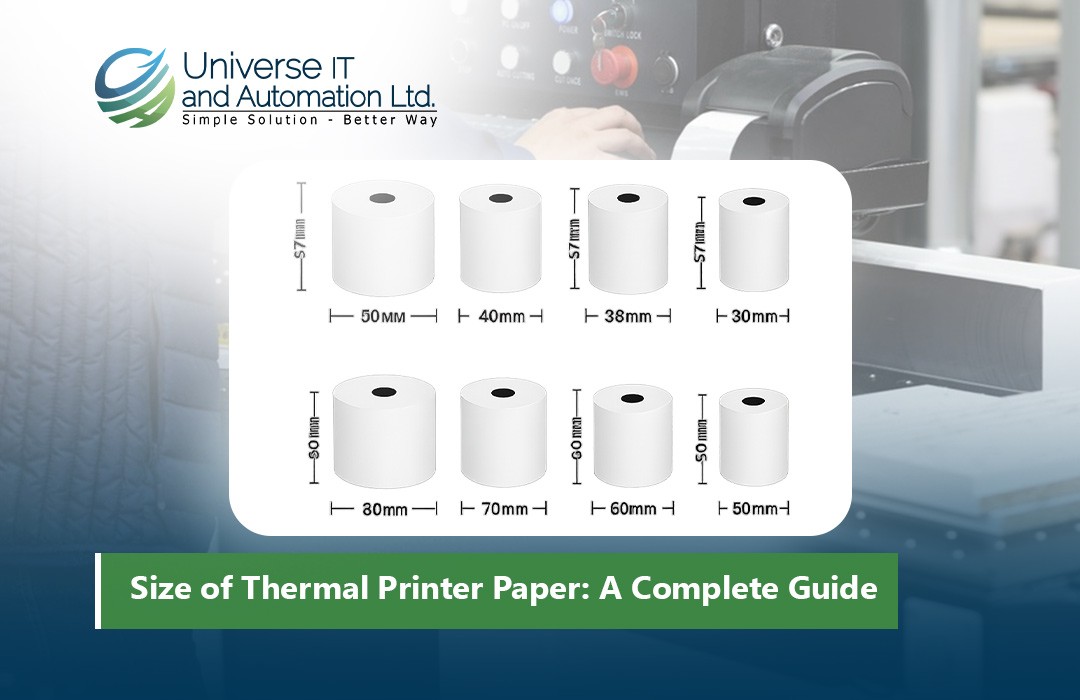
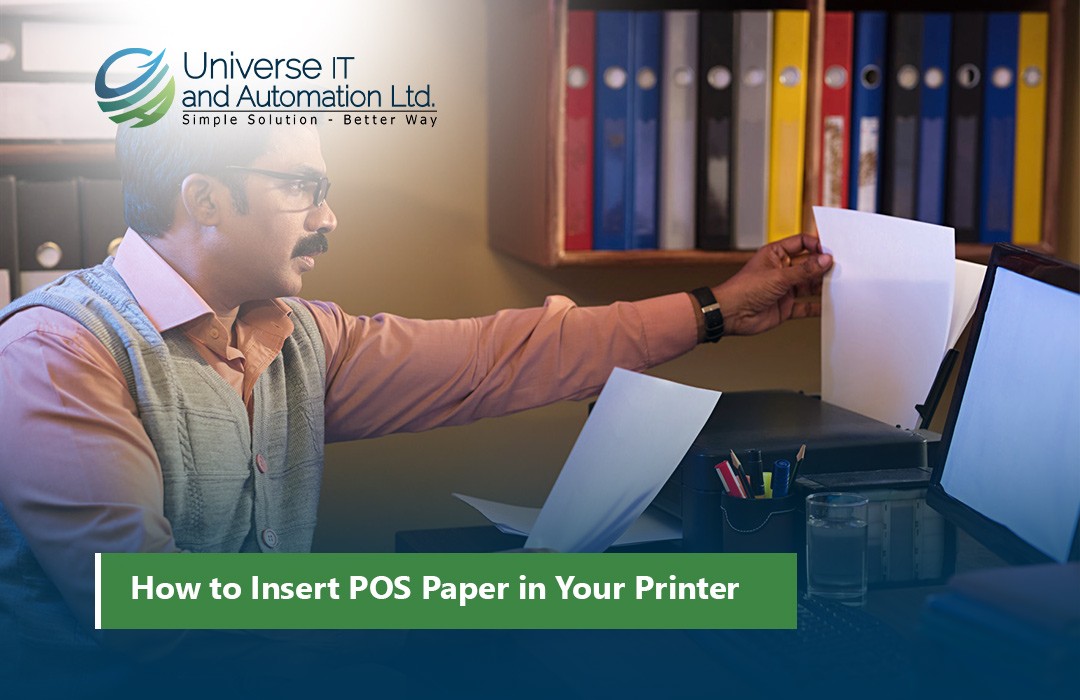
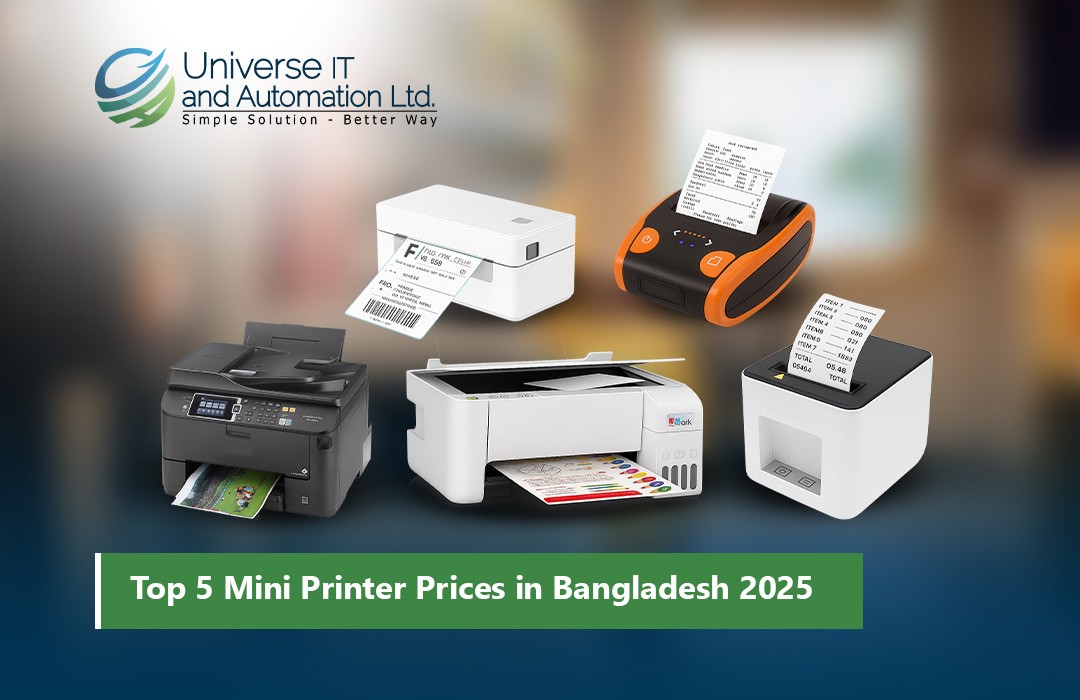
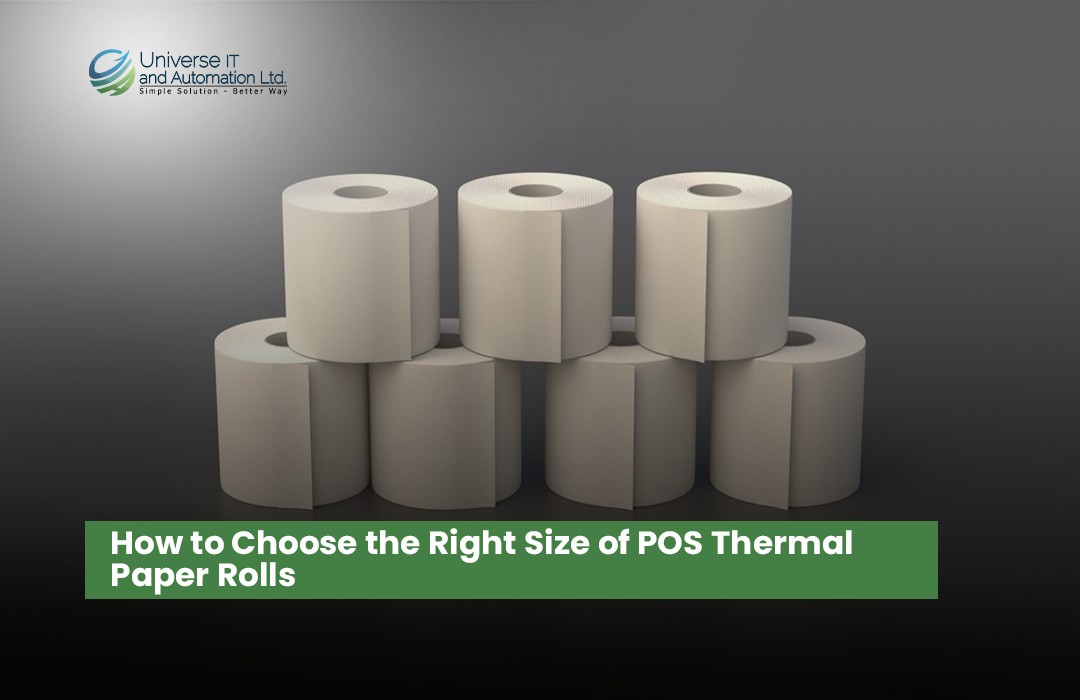

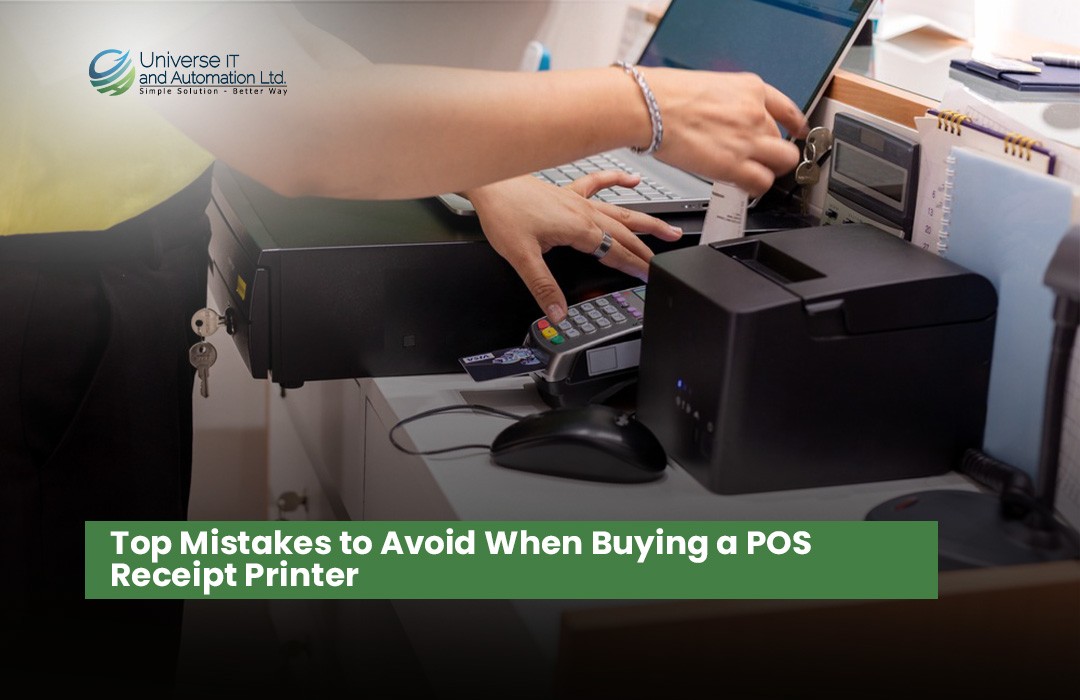
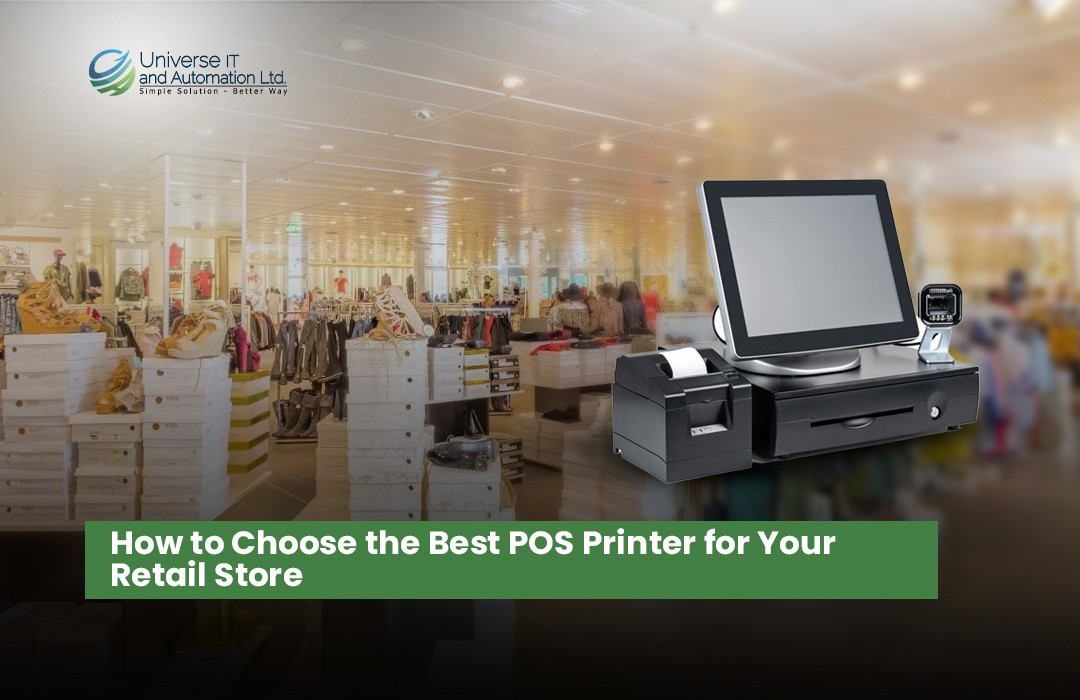
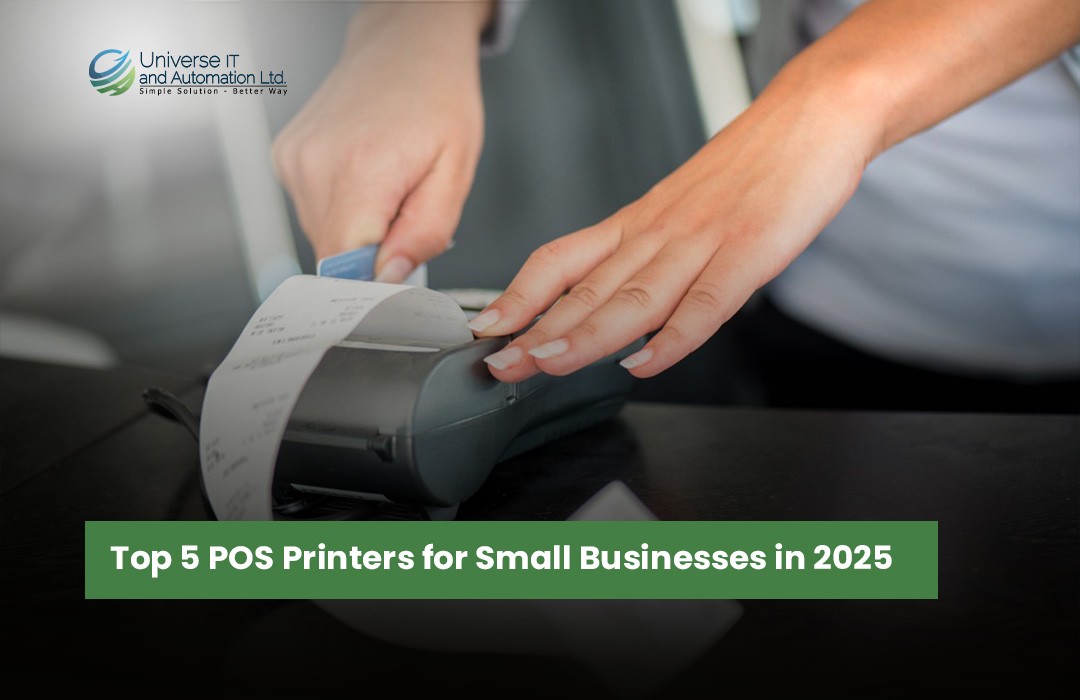

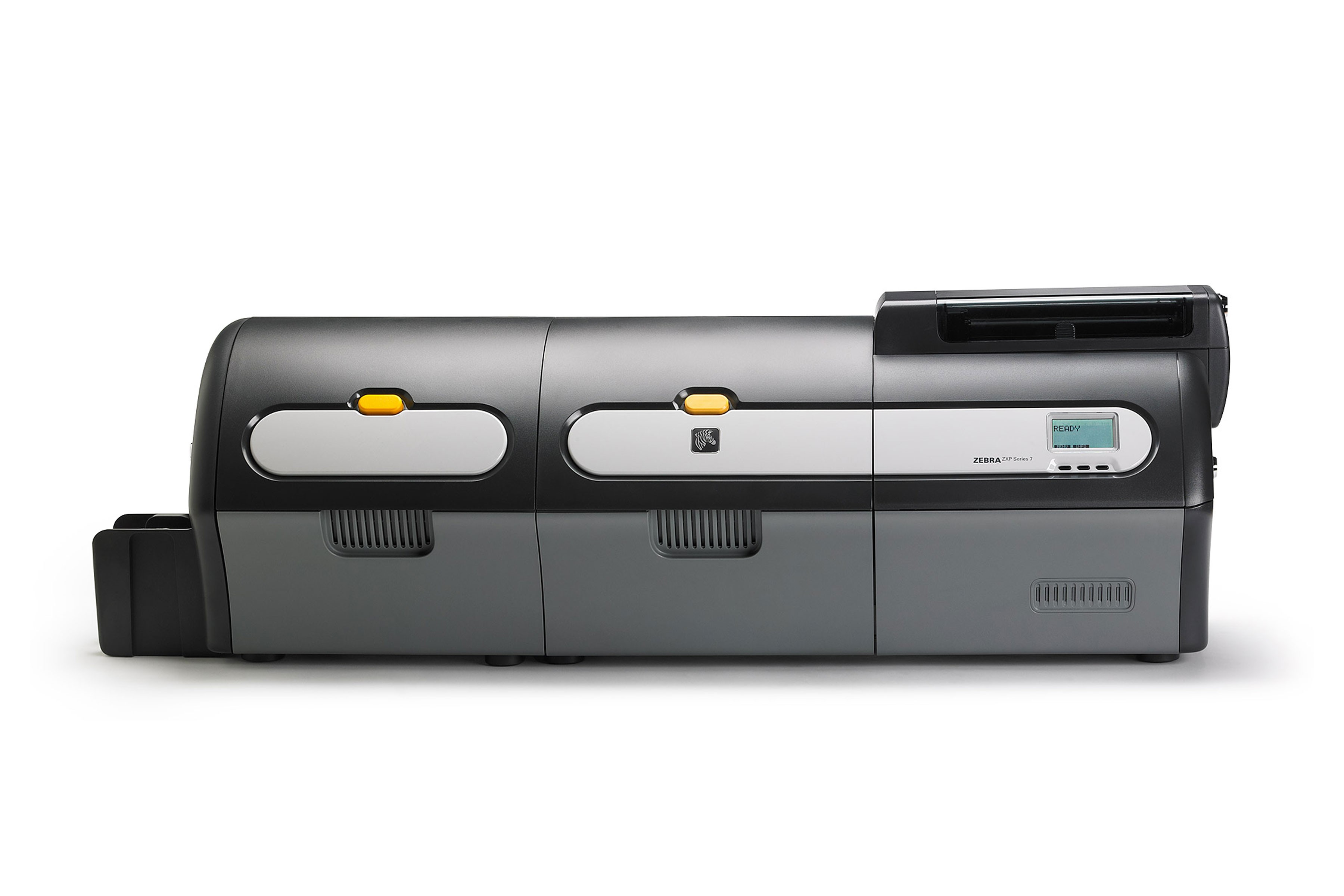
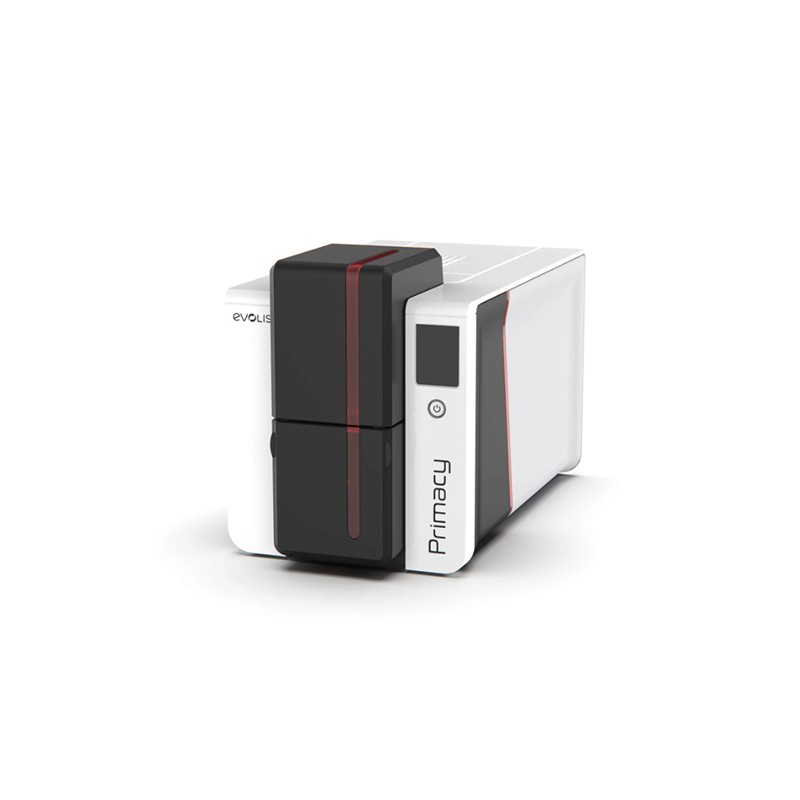
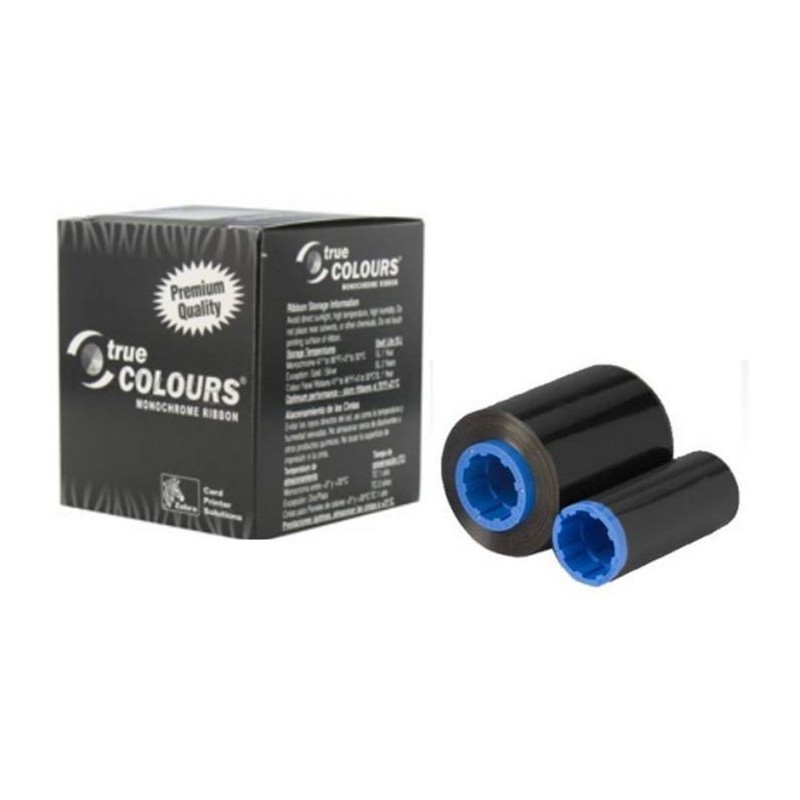

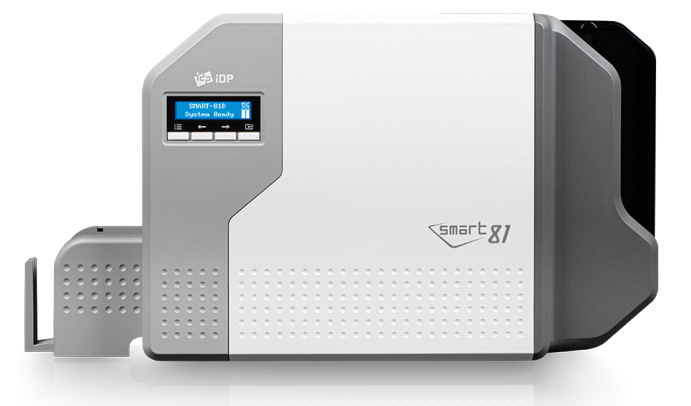
Leave a comment